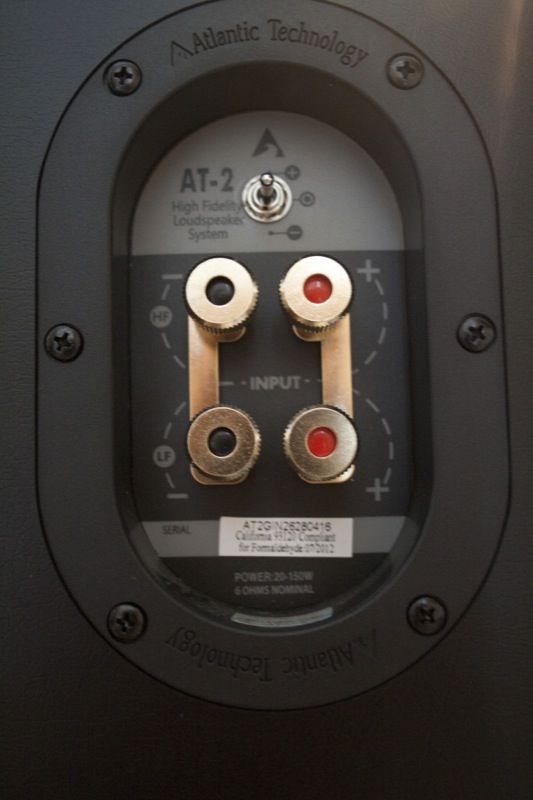7 Tips for Getting the Best Sound from a Speaker on a Shelf
Here’s a question: Why call them bookshelf speakers if you aren’t going to put them on a shelf? You’ve got some speakers and you plan on putting them on shelves that are conveniently located near where your speakers should be placed. Lucky you! But you’ve seen rumblings online suggesting that shelves aren’t the best place for speakers? That stands are somehow better? What’s the deal? Here are 7 tips for getting the best sound from your shelf-mounted speaker.
1) Look for Switches
Step 1 in our 7 tips for getting the best sound from a shelf-mounted speaker is to turn them around and look at the back. It isn’t always the case, but some speakers will have switches to slightly modify the sound of your speaker based on placement. If there is a switch, make sure you set it to the appropriate orientation.

2) Worry About Reflections
As a general rule, you need to be concerned about reflections. The drivers in your speakers generally face forward. Generally. If you have a speaker with side-firing drivers (or drivers at an angle), your main concern should be anything that might reflect that sound. If there is a surface close to the side of your speaker, make sure that the sound coming out of the front won’t hit that surface. You may need to reorganize some of your stuff. To that end…
3) Pull the Speaker Forward
One of the easiest and most effective tips of our 7 for improving the sound of your speaker is to pull it forward on the shelf. One of the main surfaces that is near your speaker is the shelf. If your speaker is pushed back, the sound will reflect off the shelf and possibly affect the sound quality. Pull the speaker forward so that the front of the speaker (not the grille, the speaker itself) is slightly proud (in front) of the shelf. This will allow the sound to travel to the ground rather than bounce off the shelf.
4) Place Absorption Behind
The second most concerning surface is the back of your shelf or the wall. Most speakers are designed assuming that there will be a certain amount of space between them and surrounding walls. You’ll have to check your manual to know the specifics, but most speakers don’t want to be within 18″ of a surface. To combat this, you can place absorptive material (not acoustic foam) between any nearby surface and the speaker. This will catch any reflections and lessen their effect on the sound quality.

5) Don’t Plug Ports (most of the time)
If your speaker has a rear port, you may be advised to plug it in order to stop reflections like the ones we mentioned above. Unless your speakers came with port plugs, you probably shouldn’t use them. Placing the absorptive material behind your speaker will deaden any sound coming from the rear port(s). Using port plugs can damage speakers that weren’t designed to work with them.
6) Consider Sightlines
As a near-final check of the shelf placement of your speaker, our sixth of 7 tips for better sound is to sit in your main seat and look at your speakers. Can you see them? Are there any obstructions between you and your speakers? If you can’t see your speakers clearly, you need to rethink their placement. Anything between you and your speakers will negatively impact the sound quality.
7) Run Your Room Correction
Once you’ve followed our other 6 tips for getting great sound from your shelf-mounted speaker, number 7 is to run your room correction. Don’t do this midway through the process and definitely redo your room correction if you make any changes. Most of our suggestions will affect how the speaker sounds and measures. Making changes without re-running your room correction risks unbalancing the sound. Make all your changes, run your room correction, and test it out. You may need to make more changes but, if you do, run the room correction again.
Do you have shelf-mounted speakers? What did you do to maximize their sound quality? Let us know in the comments below.


